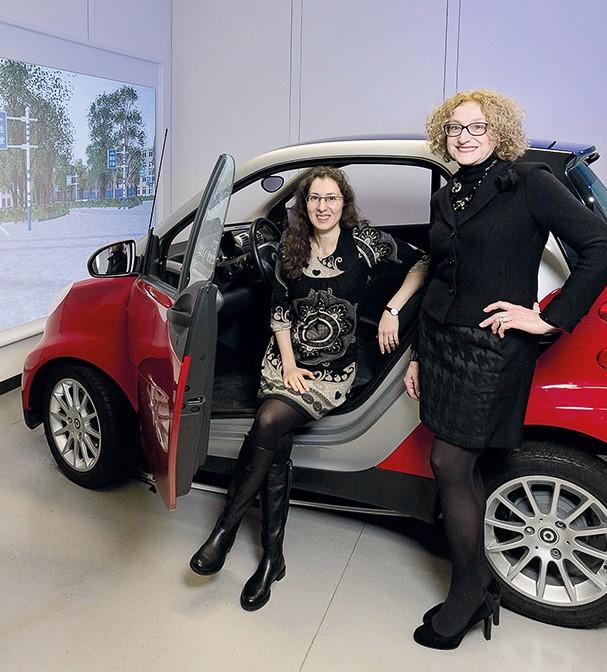- Information
CLOUDY IN THREE DIMENSIONS
The cloud - a hype term that is ubiquitous. In the mid-2000s, large Internet companies to dynamically buffer the delta between users’ base load and peak loads first used the concept of data and computing clouds.
THE IT THINKER
In 2008, Marcel Kunze, a senior scientist at KIT, starts to shed light on the scientific background issues of cloud computing. His research group conducts cloud systems research at a high level. "The cloud allows companies to focus on core competencies and thus release innovation potentials," is his credo.
THE INTERDISCIPLINARY DOER
Around the same time, Professor Vincent Heuveline at KIT begins his vision of bringing together mathematics, numerical simulations and cloud computing. "We wanted to show that there is huge practical potential in brittle mathematics if you skillfully combine it with other disciplines," he says. That winning formula has since spawned countless product development collaborations with industry.
THE VISIONARY USER
Karlheinz Gelhardt had no exposure to cloud computing when he first spoke to Heuveline and Kunze: "With my company Medilive, I have been producing 3D content for 20 years. In 2009, I asked myself the question: How can we make 3D content available to more people more affordably?" Broadcasting 3D content is expensive and time-consuming. Gelhardt wanted not only to reduce the high cost of equipment and satellite transmission, but also to create a platform where more people could watch 3D online.
THE RIGHT TIME
"It quickly became clear that we could offer solutions to the challenge from the industry side," Heuveline recalls of the first meeting at a 3D festival two years ago. That is how the project idea was born: use cloud computing services to make 3D transmissions more efficient and cost-effective.
THE INNOVATIVE PRODUCT
Trivido - the name stands for three-dimensional video broadcasts on the web. Gelhardt's Medilive spin-off Invistra and KIT worked for almost a year on this online platform, which brings the large data volumes of 3D videos to end devices without satellites by using distributed computing resources. "In the cloud, the effort scales automatically with the number of viewers. This means that if few people are watching, low resources are rented in the cloud and expenses are correspondingly low. If there are many viewers, the IT resources are dynamically ramped up. The costs can be reduced by more than 90 percent compared to satellite transmission, which has been common up to now," explains Marcel Kunze.
In the cooperation, the KIT scientists developed the cloud architecture and secure data storage concepts, optimized the necessary Internet bandwidth and performed scaling tests. Gelhardt and his team at Invistra manage the Trivido portal, bill the cloud services and provide a multiconverter for secure transmission as well as a browser plugin for selecting 3D technology on the end device.
Vincent Heuveline is proud to help develop a cloud computing application from a basic concept to a product with a working business model: "Trivido is the first platform of its kind. The market potential of such applications is huge. From science to preparation for forward-looking media, we can make content available in new ways and accelerate the development of innovative forms of presentation.
"Innovation is the transfer of excellent knowledge into products that contribute to the prosperity of society"
Images: KIT

